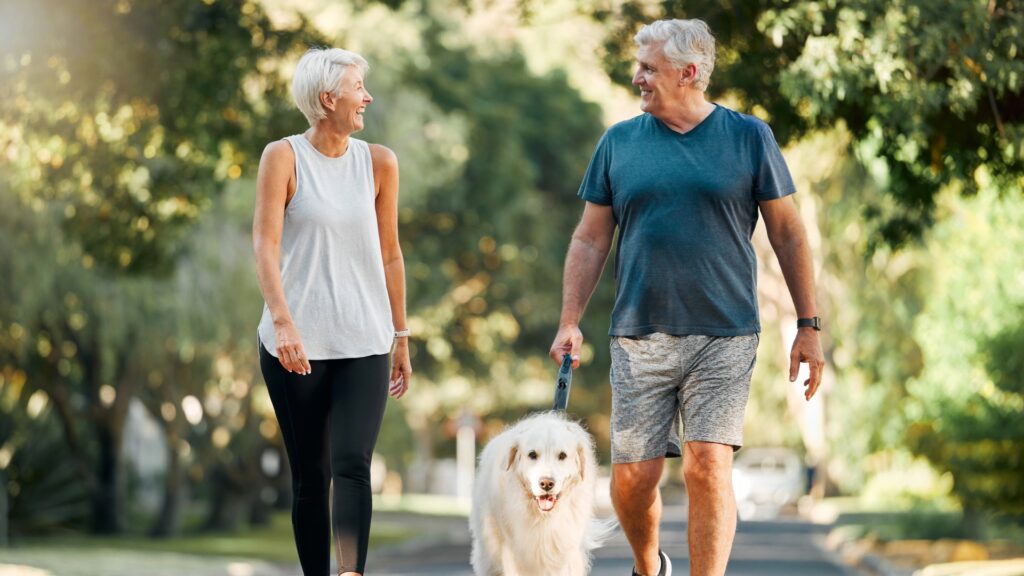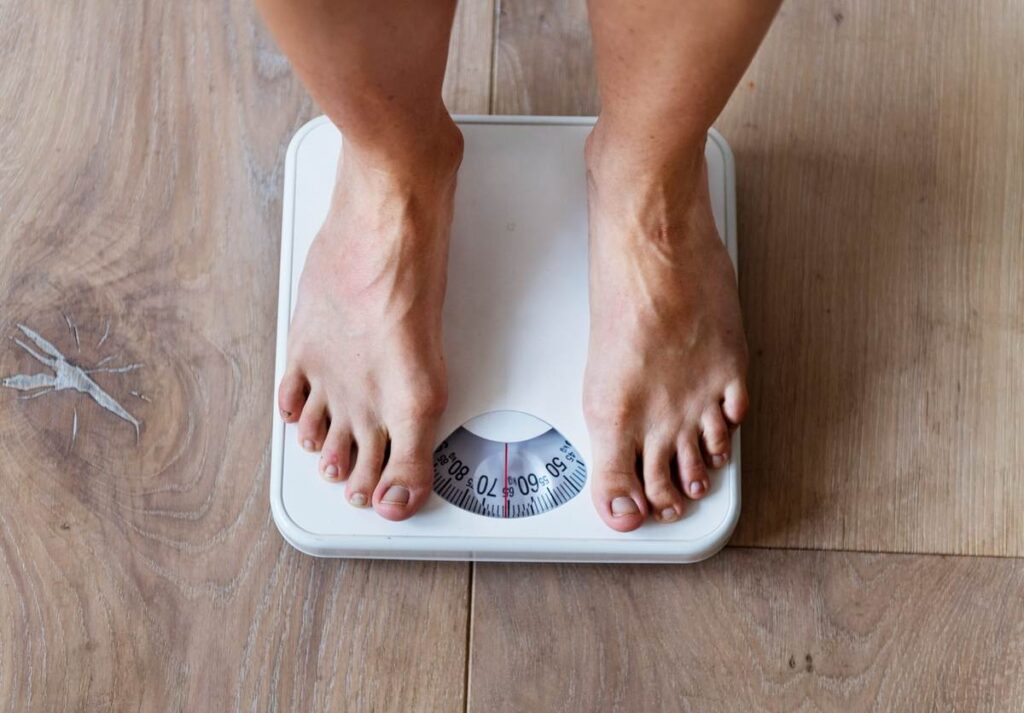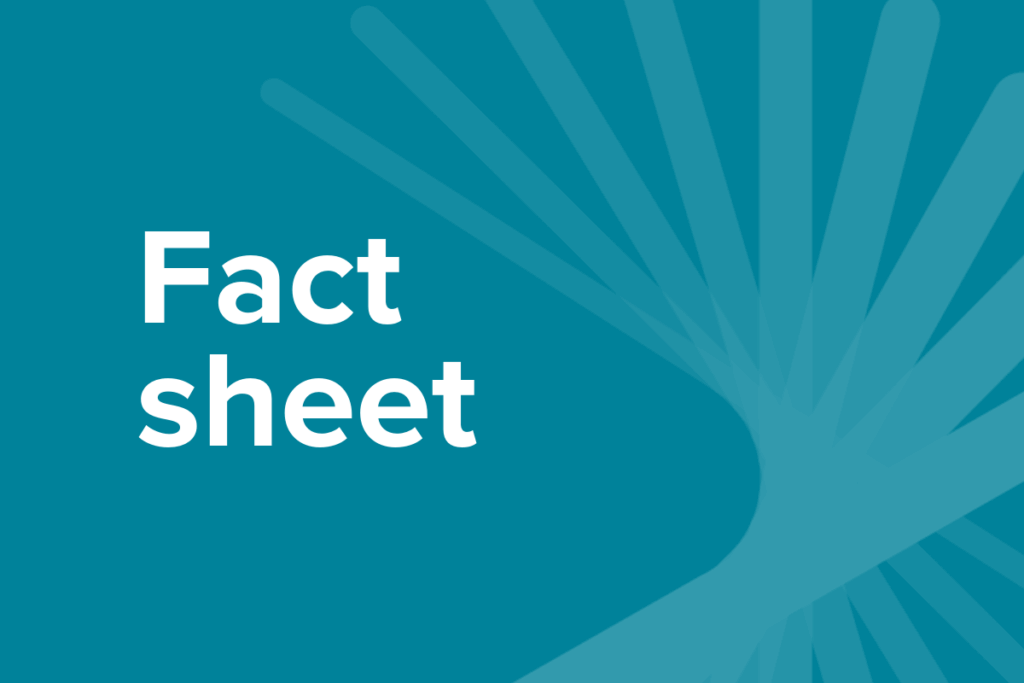Metabolic associated fatty liver disease
Often just called ‘fatty liver’, and previously known as non-alcoholic fatty liver disease (NAFLD), metabolic associated fatty liver disease (MAFLD) is a chronic liver disease associated with an excess amount of fat within the liver. It is the most common liver disease worldwide affecting about 1 in 4 adults. Many individuals are unaware that they have this condition. MAFLD is associated with overweight (particularly around the waistline), type 2 diabetes and high blood fats, blood pressure and high blood sugar levels. MAFLD can lead to more severe liver disease such as liver cirrhosis (advanced liver scarring) and liver cancer.
Home / Metabolic associated fatty liver disease

How does exercise help with MAFLD?
Exercise has direct benefits on fatty liver including:
- Reducing liver fat
- Improving blood sugar control
- Improving blood pressure
- Improving blood fats like cholesterol and triglycerides
The benefits of exercise for MAFLD
Exercise has direct benefits on fatty liver including:
- Assisting with weight loss and weight management
- Improving cardiorespiratory fitness
- Improving body composition by reducing fat and/or increasing muscle mass
- Improving muscle strength and endurance
- Improving mental health
- Improving quality of life
Regular exercise can play a role in preventing the development of other conditions linked with MAFLD such as type 2 diabetes and heart disease, as well as reducing liver damage associated with the progression of fatty liver.

What type of exercise is best for MAFLD?
It is important to choose exercises that you enjoy so that you will stick to your exercise plan in the long-term.
Aerobic exercise
Aerobic exercise (such as brisk walking, cycling, swimming, jogging, dancing and team sports) is particularly beneficial for the management of fatty liver and also improves the health of your heart, blood vessels and your aerobic fitness.
Resistance training
Resistance training are exercises that increase your strength (such as body weight exercises, resistance band exercises, circuit training and weightlifting). Resistance exercise can also help to promote healthy muscles and bones.
How much exercise should you do?
You should aim to achieve 150-300 minutes per week of aerobic exercise at a ‘moderate’ to ‘vigorous’ exercise intensity. Including two to three non-consecutive days per week of resistance training in addition to your aerobic exercise may provide additional health benefits.
It is important to select activities that are within your physical capabilities to prevent the risk of injury and to work with an accredited exercise professional if you have any musculoskeletal or other health concerns.
Frequently asked questions
What is an Accredited Exercise Physiologist (AEP)?
An Accredited Exercise Physiologist (AEP) is an allied health professional that prescribes individualised exercise therapy to help people manage their chronic conditions, disabilities, long-term injuries and so much more. They are the most qualified professionals in Australia when it comes to the prescription safe and effective of exercise therapy.
Who should see an AEP?
Anyone who wants to move safely and improve their health can benefit. From chronic conditions to injury recovery, or simply wanting advice on how to exercise right, an exercise physiologist is the expert to see.
Is an AEP covered by Medicare or private health insurance?
Yes. As allied health professionals, exercise physiology services are recognised in government health funding including Medicare, National Disability Insurance Scheme (NDIS) and Department of Veteran’s Affairs (DVA), workers’ compensation and private health insurers. It’s important that you check with your provider as coverage can vary.
Where can I find an AEP?
Use recognised directories like Exercise & Sports Science Australia (ESSA), ask your GP or look for allied health clinics with AEP credentials.
You may also like

How long does it actually take to see results from exercise?
Whether you want to build muscle or increase aerobic endurance, everyone is looking for RESULTS. If you’re curious about how your body responds to exercise (and how long it takes to see changes), Accredited Exercise Physiologist, Harry Beresford, dives into this topic below. Just remember that to get results, you need to do ‘regular physical […]

How to exercise right for metabolic syndrome
Metabolic syndrome is a group of disorders that affects between 20 – 30% of Australian adults. It greatly increases your chance of suffering a heart attack or stroke, or developing type 2 diabetes. So, is exercise safe for people with metabolic syndrome? And what types of exercise are best? Let’s take a look… What is […]

